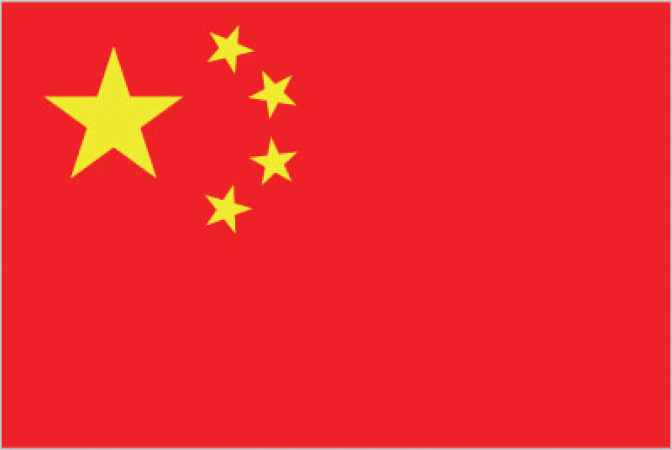
Follow India Renewable Energy News on WhatsApp for exclusive updates on clean energy news and insights
China Expands National Carbon Market to Cement, Steel, and Aluminium Sectors
Apr 16, 2025
In a significant move to strengthen global decarbonisation efforts, China has expanded its national Emissions Trading System (ETS) to include the steel, cement, and aluminium industries. The expansion, officially approved by the State Council in March 2025, brings an additional 1,500 firms into the fold, increasing the total number of covered entities to 3,700 and expanding coverage to roughly 8 billion tonnes of CO2 emissions—or about 15% of global emissions.
Until now, China’s ETS only covered the power sector, but this latest inclusion adds approximately 3 billion tonnes of CO2 equivalent emissions. The newly included sectors must comply with ETS requirements for 2024 emissions by the end of 2025. The ETS will regulate energy-related and process emissions, though indirect emissions are excluded to align with international practices. Notably, the aluminium sector will also report emissions of high-global warming potential gases like CF4 and C2F6.
The transition from regional pilot ETS programs to the national framework will occur in two phases:
- Phase 1 (2024–2026): Focuses on building familiarity with the system and improving emissions data quality.
- Phase 2 (2027 onwards): Will strengthen the system with stricter compliance and tighter caps.
To support this expansion, the Ministry of Ecology and Environment (MEE) is enhancing its Monitoring, Reporting, and Verification (MRV) processes. Companies in the three new sectors will be required to submit monthly emissions reports backed by credible documentation. MRV guidelines will be sector-specific, with rigorous oversight on key parameters.
This strategic expansion positions China’s ETS as one of the largest in the world and marks a crucial step in its pathway toward low-carbon industrial transformation and global climate leadership.